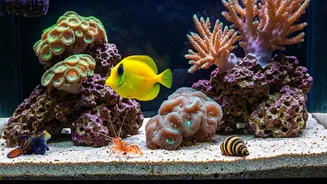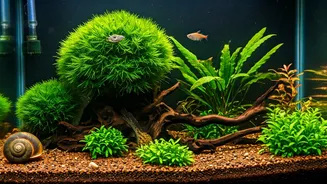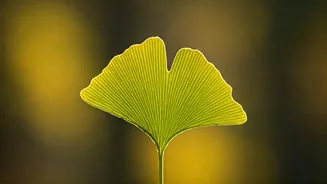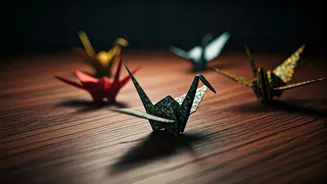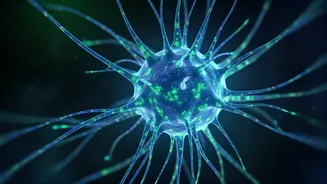Algae-Eating Snails
Snails are often overlooked, but certain types are natural algae eaters. One such example is the Nerite snail, highly valued for its robust appetite for various
algae types, including the stubborn green spot algae. Nerite snails are exceptionally good at clearing these from glass, decorations, and even plants. Moreover, they are known for their resilience and minimal care requirements, making them ideal for both novice and experienced aquarium keepers. Unlike some other algae-eating creatures, Nerite snails generally do not reproduce in freshwater aquariums, so their populations remain manageable. Their unique patterns and shells add a touch of visual appeal, while their constant grazing helps keep the tank clean. Another great choice is the Mystery Snail, known for consuming algae, detritus, and uneaten food, effectively contributing to a cleaner tank. These snails also help aerate the substrate as they move about, and their varied colors add visual interest. It is important to monitor the population and provide them with sufficient food to keep them healthy and active.
The Amano Shrimp
Amano shrimp, also known as Japanese Caridina multidentata, have earned a stellar reputation as efficient algae eaters. These shrimp, introduced to the aquarium hobby by Takashi Amano, are famous for their ability to consume various types of algae, including hair algae, a common nuisance in planted aquariums. Their effectiveness is due to their voracious appetites and constant grazing habits. Unlike some other shrimp species, Amano shrimp are less likely to reproduce prolifically in freshwater aquariums, controlling their populations and preventing overcrowding. Their transparent bodies also make them a subtle yet valuable addition to any tank. It is crucial to introduce Amano shrimp to a well-established aquarium with enough algae or supplementary food to ensure their survival and well-being. Additionally, keeping the water parameters stable and providing hiding places can greatly enhance their longevity and keep them from becoming easy prey to fish.
Ottocinclus Catfish
The Ottocinclus catfish, often shortened to Otto, are diminutive, peaceful, and highly effective algae eaters. These small catfish are ideally suited for planted aquariums and will spend their days grazing on algae and biofilm that accumulate on plants, glass, and decorations. Their small size makes them appropriate for smaller tanks, and they do not generally bother other tank inhabitants. Ottos are best kept in groups, as they are social creatures that feel more secure when kept with others of their kind. They are relatively sensitive to changes in water conditions, which means aquarists need to ensure water quality is stable. Ottos can also benefit from supplemental feedings of algae wafers or blanched vegetables to ensure they have enough to eat, especially in a tank where algae growth is naturally limited. Their active nature and distinctive appearance make them interesting additions to the underwater environment.
Bristlenose Plecos
Bristlenose Plecos are popular choices for algae control, particularly for larger aquariums. These catfish are named for the distinctive whisker-like protrusions on their snouts. Bristlenose plecos are excellent at consuming algae on various surfaces within the tank, including driftwood, plants, and glass. They are generally peaceful and can coexist with many other fish species. Their natural camouflage and interesting appearance contribute to the aesthetic appeal of an aquarium. Unlike some other plecos, bristlenose plecos are usually less destructive to live plants. These fish do well in a variety of water conditions, but it is important to provide them with driftwood and other hiding places. Feeding supplemental algae wafers or vegetable matter enhances their diet and overall health. Furthermore, their relatively small adult size compared to other plecos makes them a more practical choice for many home aquariums.
Filter Feeders
Several filter-feeding creatures can assist in cleaning the aquarium water by removing suspended particles and detritus. Filter feeders, like certain types of freshwater clams or mussels, continuously filter water to extract microscopic food particles and other organic matter. This natural filtration process helps to improve water clarity and reduce the build-up of waste materials. While these filter feeders can be beneficial, they can be more challenging to care for compared to some other algae eaters. They often require specialized feeding and a well-established tank to thrive. Moreover, the addition of filter feeders can introduce other considerations, such as the potential impact on other inhabitants or the need for a sufficiently mature ecosystem. It is recommended to research the specific needs of any filter feeder species before introducing it into your aquarium, to ensure its wellbeing and the overall balance of the aquatic environment.
